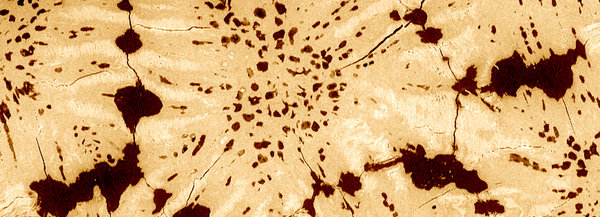
Research
Evolutionary Perspectives on Vertebrate Hard Tissues
In my work, I combine materials science, comparative functional morphology and evolutionary biology techniques to investigate form and function relationships in vertebrate musculoskeletal systems; these are especially intriguing in fishes, where many more "intermediate" tissue types exist than are found in mammals. Our understanding of how internal skeletons grow, mineralize and respond to environmental pressures is based almost entirely on a small and relatively closely related group of terrestrial mammals, ignoring the huge range of variation in habitat, phylogenetic history and mechanical demands across the nearly 65,000 species of vertebrate animals. Fish skeletons provide us with a range of natural “experiments” for studying the effects of variation in skeletal tissues while also granting us living windows into the ancient history of skeletal evolution.
In 2013, I was awarded a Human Frontier Science Program Young Investigator Grant (RGY0067), in collaboration with Dr. James Weaver at Harvard’s Wyss Institute, to study the unique mineralized tiling of shark and ray skeletons (see here: http://www.mpikg.mpg.de/HFSP. This tessellated cartilage is the focus of current projects by Ronald Seidel at the MPIKG and David Knoetel at the Zuse Institute in Berlin (in collaboration with Dr. Daniel Baum).
Research Interests
- Functional morphology and evolution of feeding in vertebrates, particularly fishes
- Biomechanics and structural properties of materials, especially elasmobranch cartilage
- Integrating science, experience and multimedia as teaching/presentation methodology